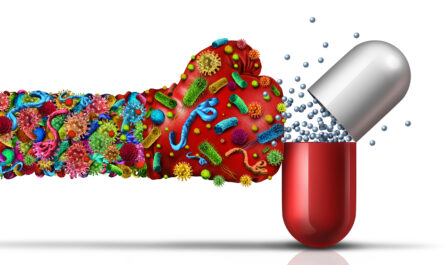What is DKD?
Diabetic kidney disease, also called diabetic nephropathy, is a type of kidney disease caused by diabetes. Over time, diabetes can damage the kidneys and cause them to slowly stop functioning as they should. The high blood sugar levels associated with uncontrolled diabetes can drive changes in the small blood vessels of the kidneys. These changes can disrupt the kidneys’ ability to filter waste and excess fluid from the blood.
Risk Factors for DKD
Certain factors increase a person’s chances of developing DKD. The main risks include:
– Type 1 or type 2 diabetes: Having either type 1 or type 2 diabetes for a long time greatly increases the risk. The longer a person lives with high blood sugar, the more likely it is that their kidneys will be damaged over time.
– Poor blood sugar control: Higher average blood sugar levels correlate with worse kidney damage. People who struggle to control their blood sugar through lifestyle changes and medication have a higher risk.
– High blood pressure: Hypertension significantly increases the chances of kidney damage because it makes the small blood vessels even more fragile.
– Family history: Genetics play a role, so those with a family history are more at risk.
– Smoking: Smoking tobacco products worsens kidney damage caused by diabetes.
Stages of DKD
DKD typically progresses gradually through five distinct stages, from mild dysfunction to end-stage kidney failure requiring dialysis or transplantation:
Stage 1: Kidney damage with normal glomerular filtration rate (GFR) – Early damage is present but GFR is normal. Very mild protein in urine may be found.
Stage 2: Kidney damage with mildly decreased GFR – GFR is mildly reduced but at least 90 percent of normal. More protein found in urine.
Stage 3: Moderately decreased GFR – GFR reduced to 60-89 percent of normal with definite reduction in function. Further proteinuria.
Stage 4: Severely decreased GFR – GFR reduced to 30-59 percent of normal. Significant kidney damage.
Stage 5: Kidney failure – GFR less than 15 percent, called end-stage renal disease (ESRD). At this stage dialysis or transplant is needed.
Monitoring and Treatment of DKD
Doctors monitor kidney function and damage through blood tests to check GFR and the level of protein in the urine. Treatment focuses on controlling blood sugar and blood pressure to slow further kidney deterioration. Specific therapies may include:
– Medications to control blood sugar such as insulin, metformin, and sodium-glucose transporter 2 (SGLT2) inhibitors. Tight sugar control is key.
– ACE inhibitors or ARBs to lower high blood pressure and protect the kidneys. These are first-line therapy if hypertension or proteinuria is present.
– Dietary changes to promote weight loss and minimize kidney stress by restricting protein intake if needed.
– Quitting smoking to prevent further toxin exposure to the kidneys.
– Treatments for anemia if it develops from reduced kidney function.
– Dialysis if kidneys fail to filter waste from late-stage disease. This can be home hemodialysis or in-center treatments.
– Kidney transplantation as definitive treatment for end-stage kidney failure in eligible transplant candidates.
Complications of DKD
Besides kidney failure itself, other serious complications can arise from advanced diabetic kidney disease:
– Cardiovascular disease: Poor kidney function greatly increases risks of heart attack, stroke, and other heart problems due to interrelated diseases.
-Metabolic bone disease: Mineral and bone disorders develop as kidneys lose ability to activate vitamin D and eliminate phosphorus. Patients may experience bone pain.
– Anemia: Chronic kidney disease often leads to anemia from lower red blood cell production. This can cause fatigue.
– Nerve damage: Continued high blood sugar can exacerbate existing diabetic neuropathy problems.
– Kidney infections: Poor urine filtering raises infection risks such as pyelonephritis without an indwelling urinary catheter.
-Pericarditis: Fluid may accumulate around the heart in advanced kidney failure.
Preventing and Slowing Progression of Kidney Disease
While diabetic kidney disease cannot be cured entirely once established, early detection and optimal management can delay progression to more advanced stages. The keys are:
-Tight blood sugar control through lifestyle changes like diet, exercise, and taking medications as prescribed. A1C below 7% is recommended.
-Managing high blood pressure with medications if above 140/90 mmHg or 130/80 mmHg for those with kidney disease or protein in urine.
-Quitting smoking and limiting alcohol and salt intake.
-Following the treatment plan provided by a nephrologist and diabetes care team.
-Getting recommended screening via urinalysis and blood work annually or more often if kidney disease is present.
-Maintaining a healthy weight and controlling cholesterol and triglyceride levels.
In Summary, with multi-disciplinary care and diligent self-management of underlying diabetes and related conditions, many people can successfully curb declining kidney function for years. Early education about risks and preventative actions empowers patients to improve long-term outcomes.


